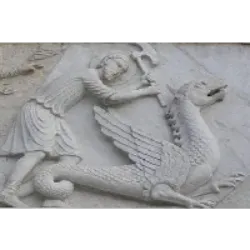Historical origin of the June Festivals

St. John's Day, celebrated on June 24, dates back to the 4th century, and was instituted by the Christian Church to mark the birth of John the Baptist, Jesus' cousin. The date was strategically placed six months before Christmas, taking advantage of the solar symbolism of the European summer solstice. For Christians, John prepared the way for Christ, as highlighted in John 3:30: “let him increase, but I decrease” — a reflection of the solar symbolism: days decrease after St. John and increase after Christmas.
The celebrations, initially religious, included vigils, processions, baptisms and bonfires, with records dating back to the 12th century in France and England. In medieval Florence, festivities included plays and fireworks. In the 16th century, festivities in London brought neighbors together around bonfires decorated with flowers and herbs. In the 19th century, baptisms and visits to sacred springs were common, and torches symbolized the “burning light” of John.
The festival arrived in Brazil with the Jesuits in the 16th century and was quickly adopted by indigenous peoples. In the villages of Bahia, bonfires, dances and country music formed the basis of the June culture, enriched with African influences. Today, festivals such as São João in Campina Grande and Caruaru are huge popular events, celebrating not only faith, but also Brazilian cultural identity.
Did you know??












